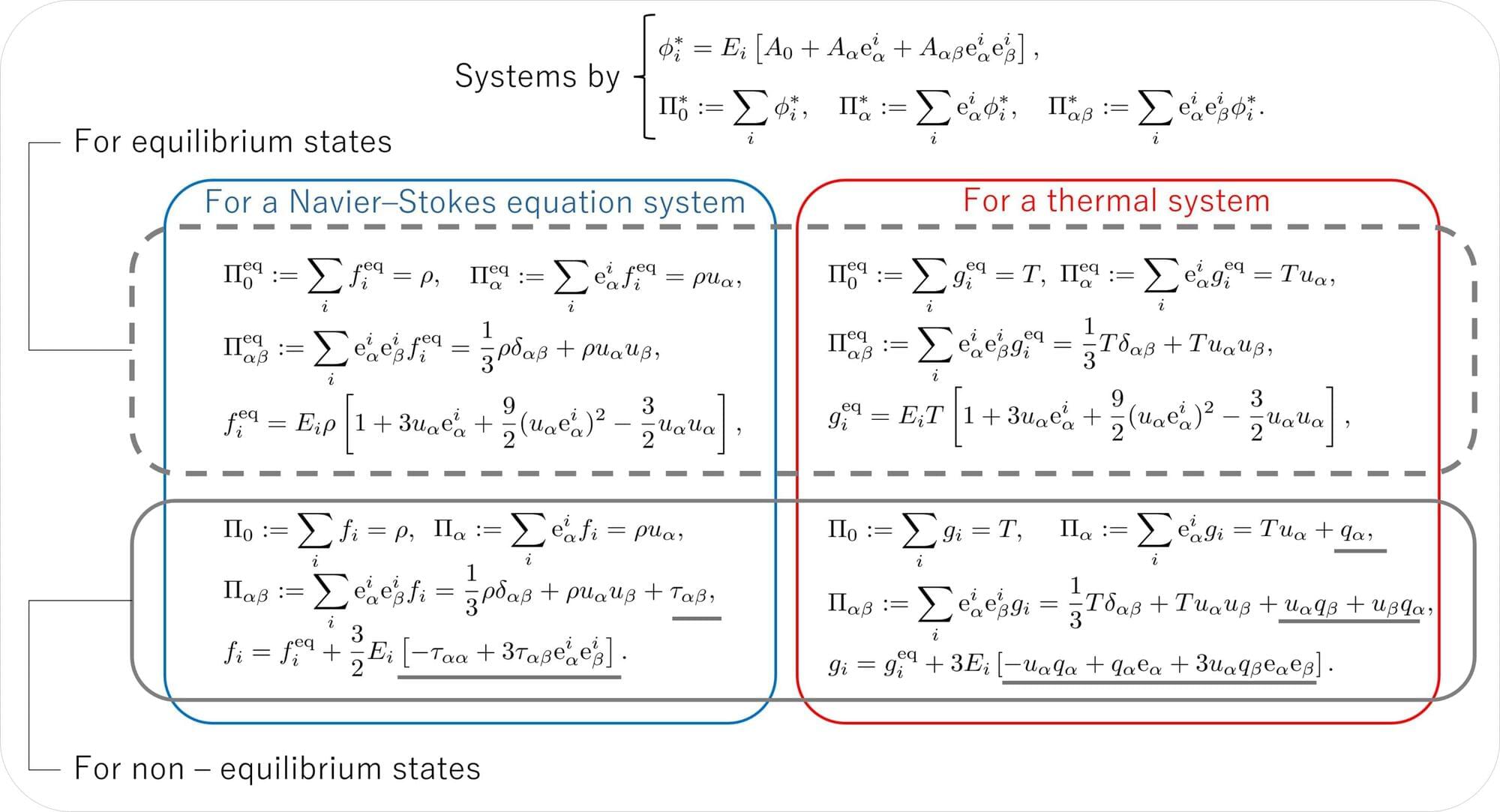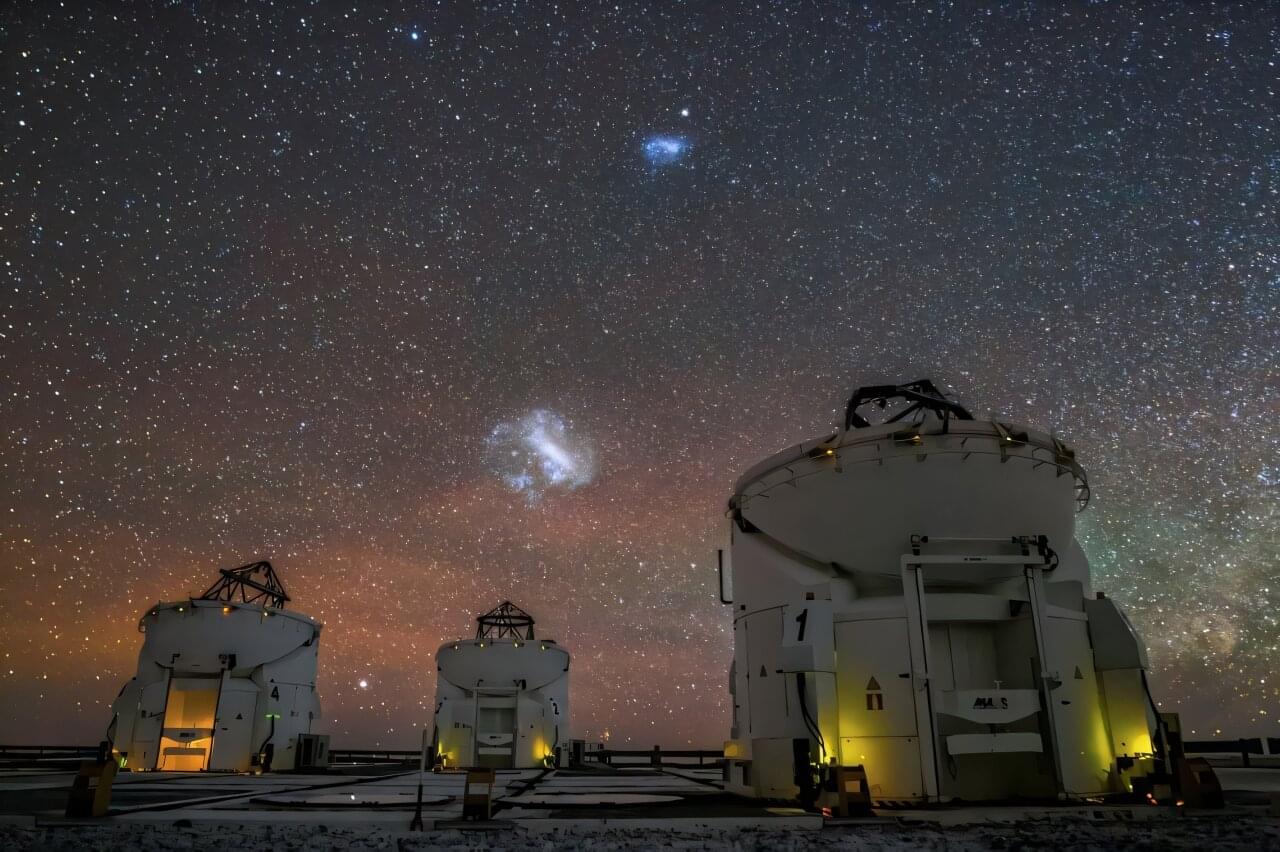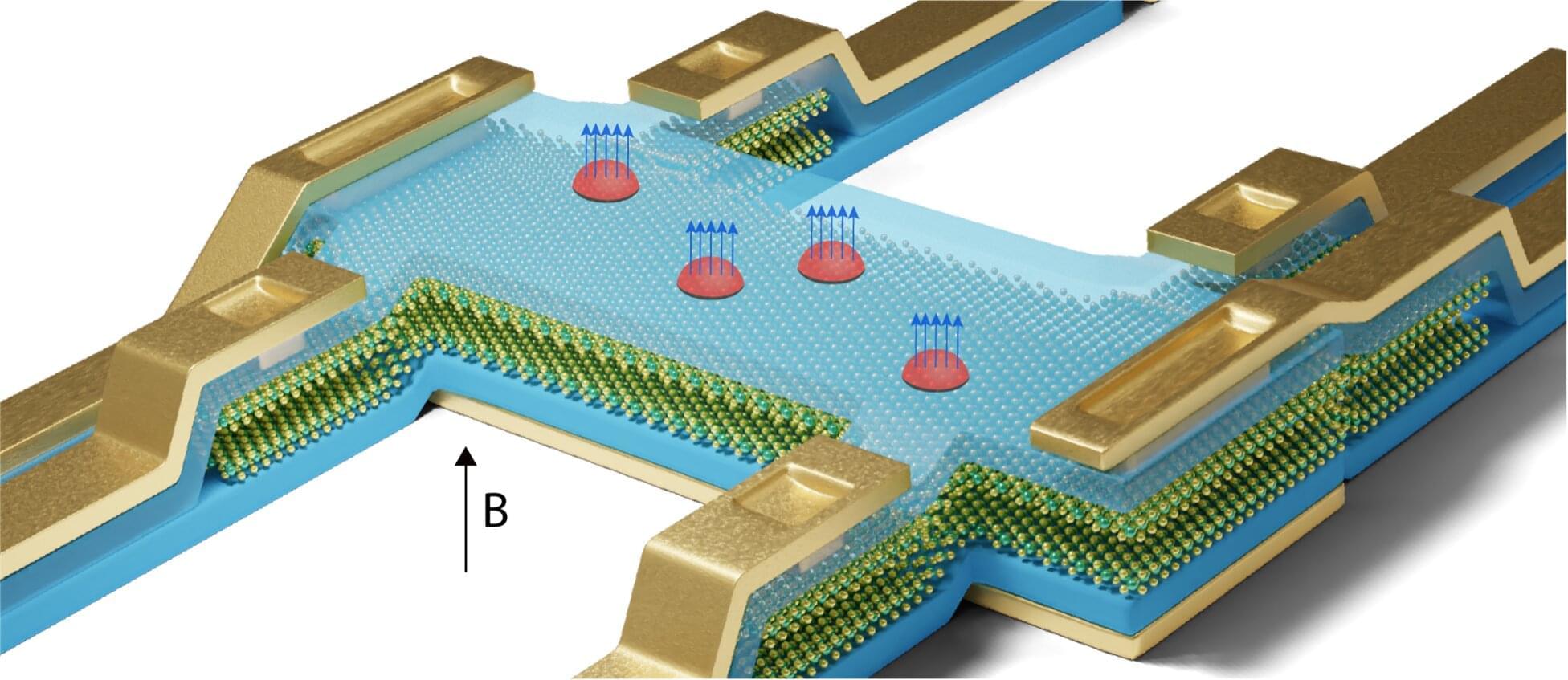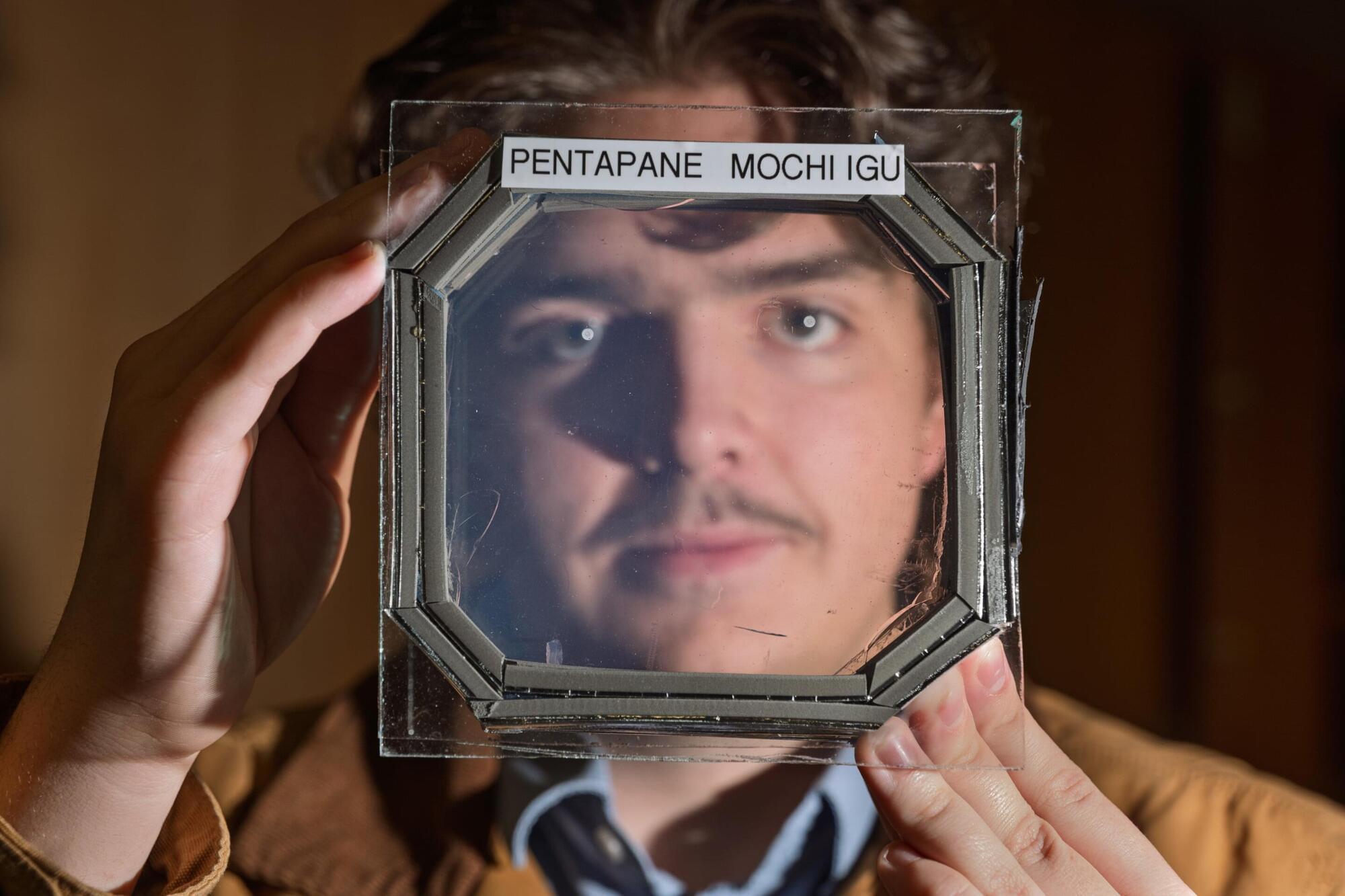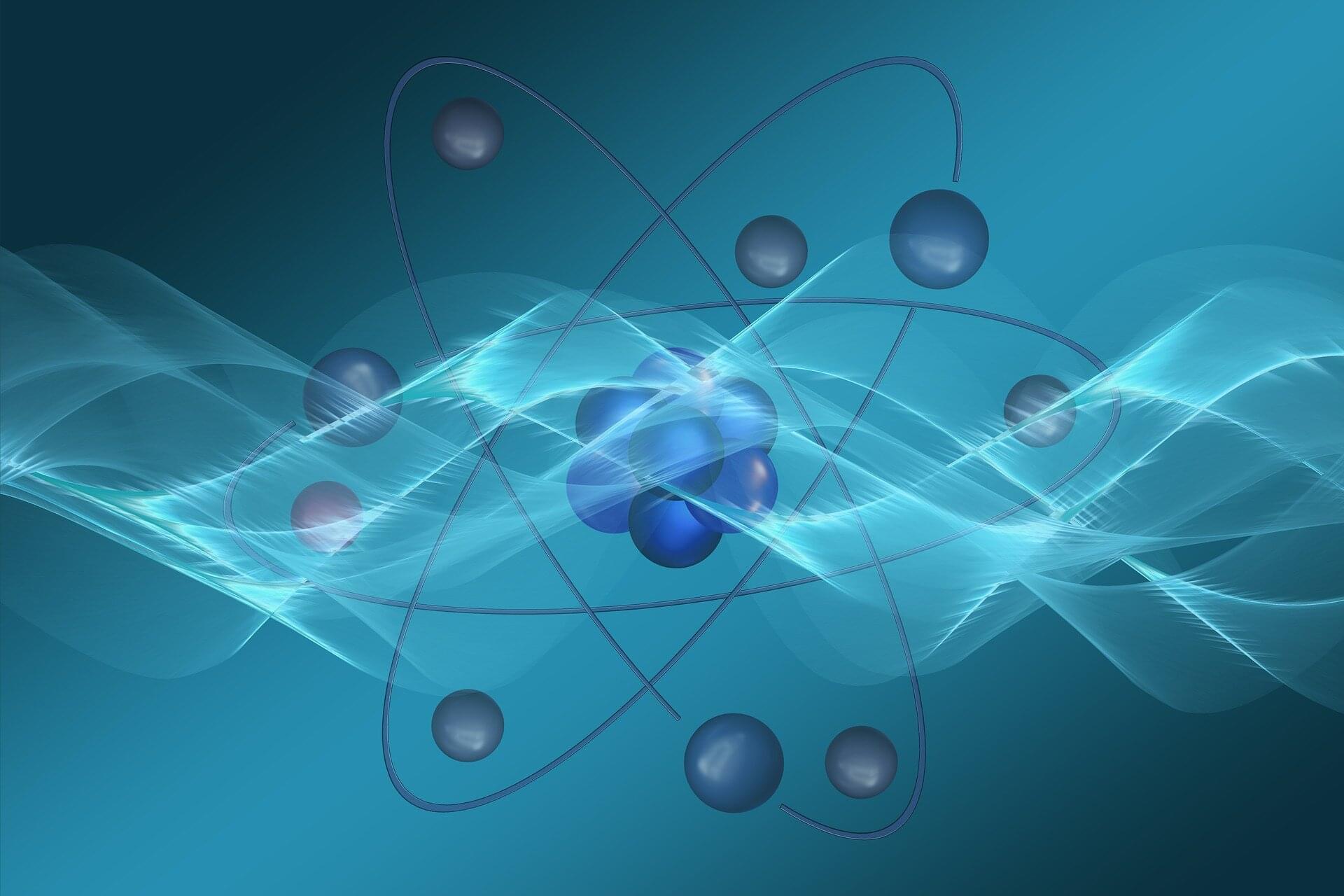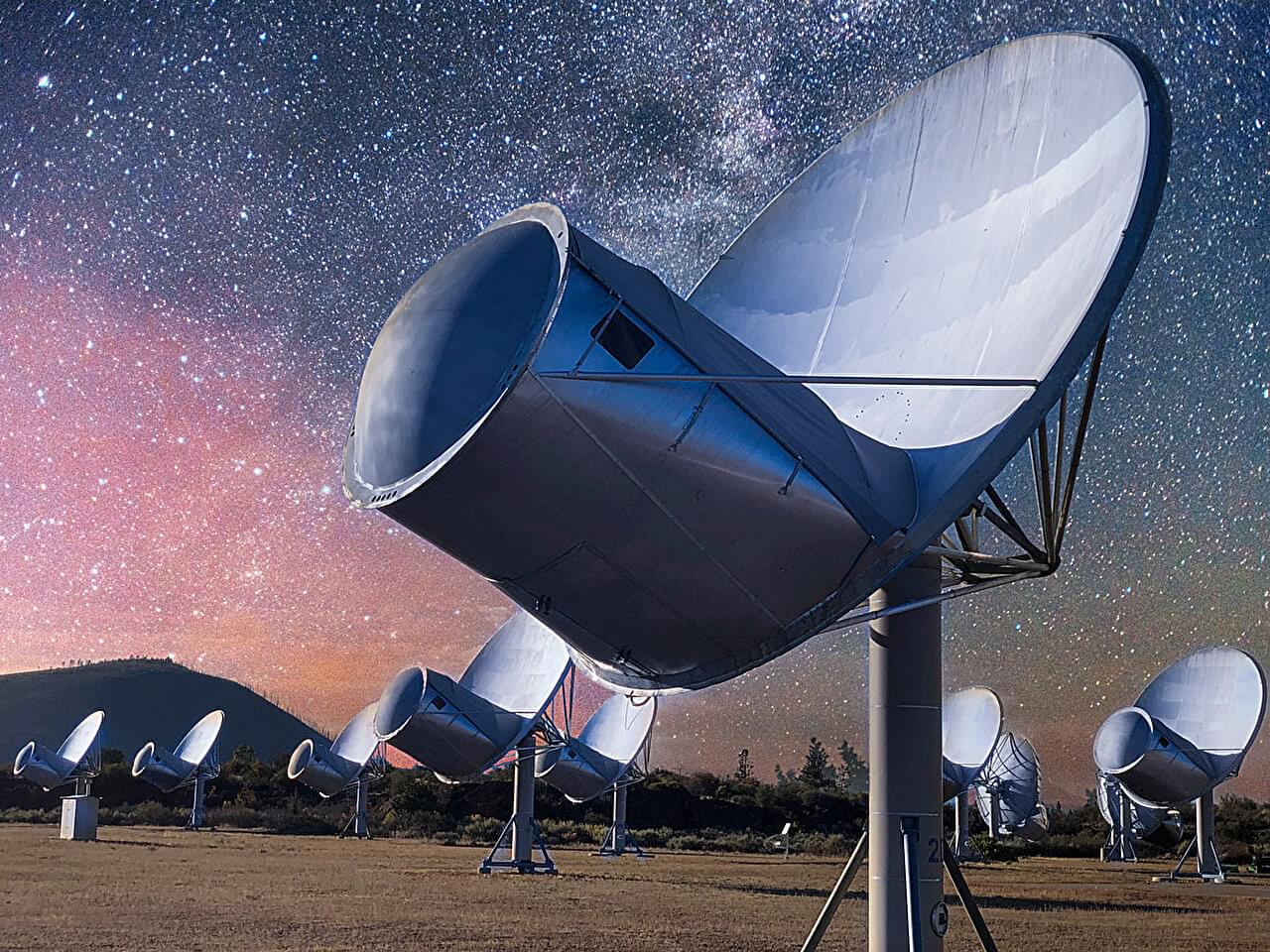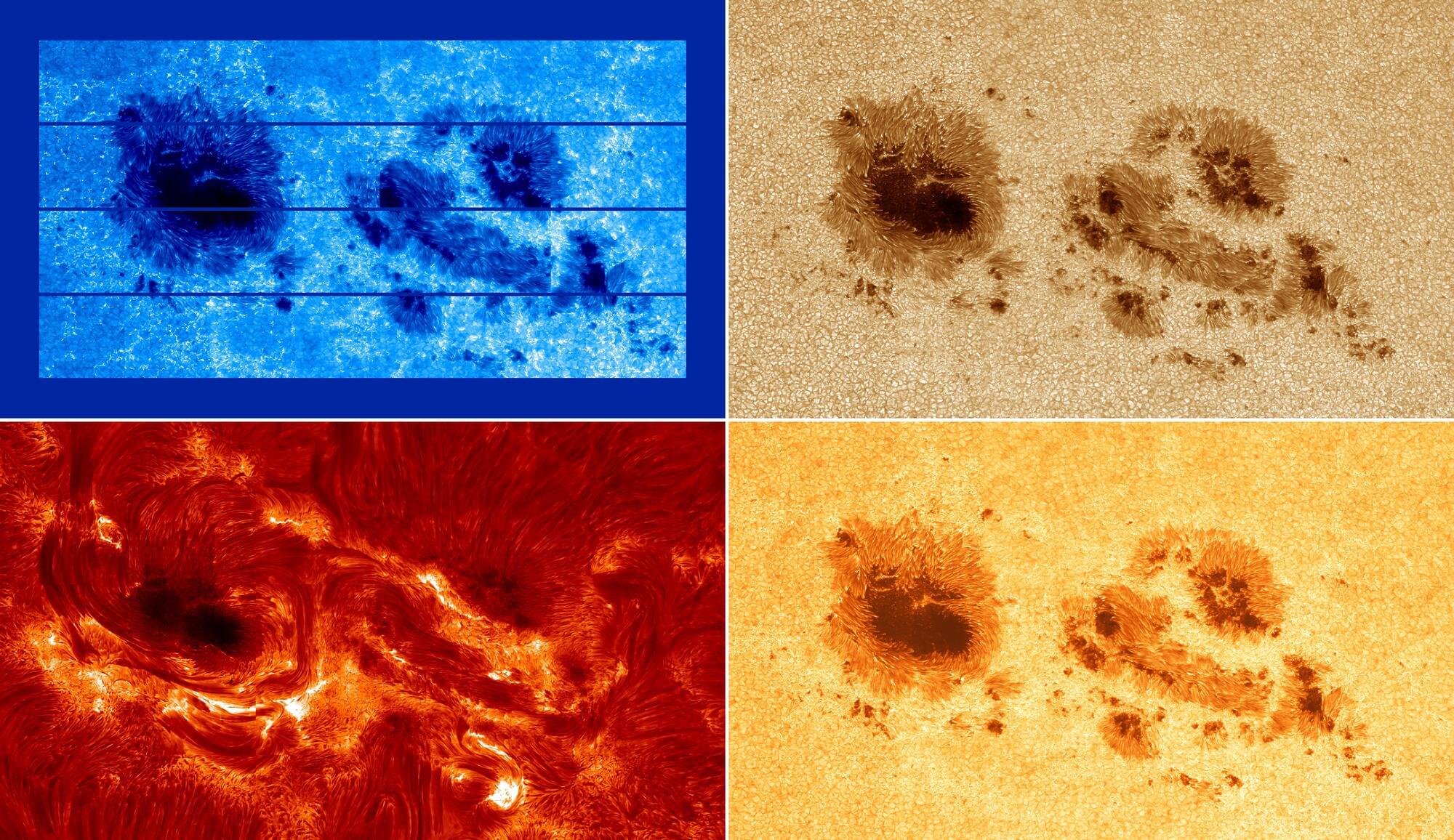The study, conducted by Brookhaven theoretical physicist Weiguo Yin and described in a recent paper published in Physical Review B, is the first paper emerging from the “AI Jam Session” earlier this year, a first-of-its-kind event hosted by DOE and held in cooperation with OpenAI to push the limits of general-purpose large language models applied to science research. The event brought together approximately 1,600 scientists across nine host locations within the DOE national laboratory complex. At Brookhaven, more than 120 scientists challenged and evaluated the capabilities of OpenAI’s latest step-based logical reasoning AImodel built for complex problem solving.
Yin’s AI study focused on a class of advanced materials known as frustrated magnets. In these systems, the electron spins—the tiny magnetic moments carried by each electron—cannot settle on an orientation because competing interactions pull them in different directions. These materials have unique and fascinating properties that could translate to novel applications in the energy and information technology industries.

